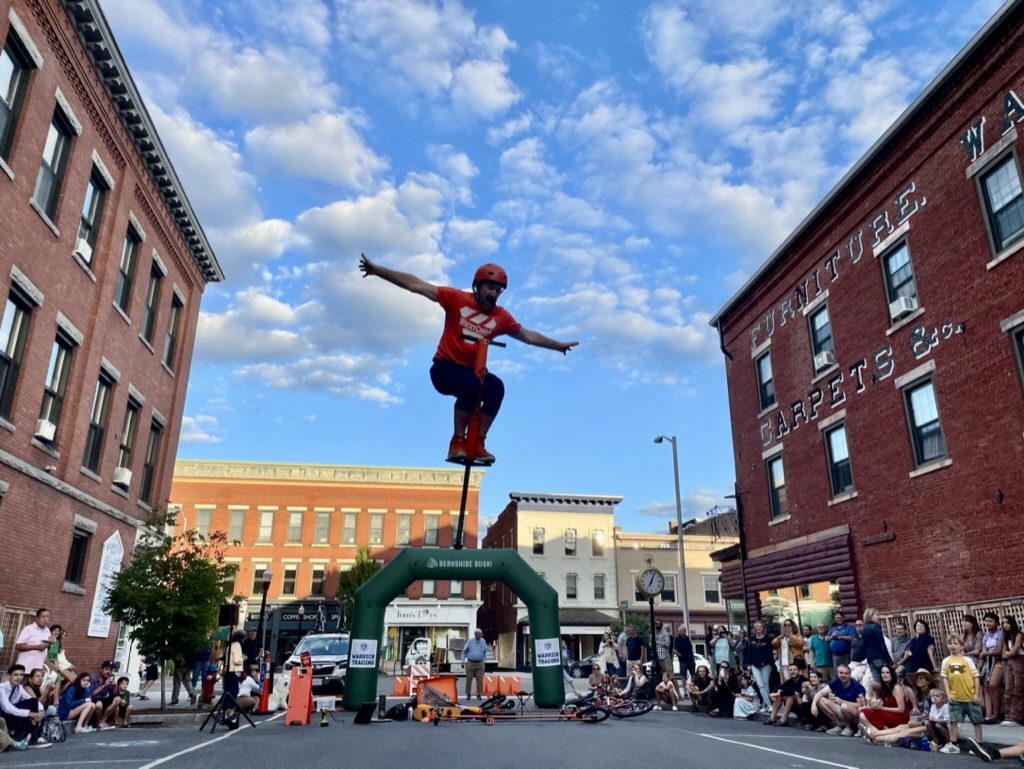Power of Culture Blog
Celebrating 45 Years of Joy and Community
Recognizing the Local Cultural Council Program and the extraordinary members fueling its success
Carolyn Cole, Program Officer

Mass Cultural Council strives to offer funding and ongoing support to cities and towns to encourage the development and success of our state-designated Cultural Districts because we acknowledge and value their contributions to our communities and our economy.
If our most recent annual report submissions showed us one thing, it was that Cultural Districts are fulfilling their charge to:
In Fiscal Year 2023, Cultural Districts across the Commonwealth reported:
You can take that right to the bank. Massachusetts artists did.
Now let’s look at a measurement tool beyond just the numbers, because visitors experiencing a district, or any city or town for that matter, aren’t considering the numbers. They’re considering how the place makes them feel. SMU DataArts recently released their report of the Top 40 Arts-Vibrant Communities of 2022 based on data collected from both entities as well as communities. (The use of the term “vibrancy” in this case keeps with the definition of “pulsating with life, vigor, or activity”.)
The vibrancy assessment consists of determining:
In every division of their official ranking of Vibrant Communities across the country – from large, to medium, to small – exists at least one Massachusetts designated Cultural District.
Large communities
Medium communities
Small communities
SMU DataArts’ report also dove into the effect that local arts agencies have on the vibrancy of their communities. Their overall findings determined that local arts agencies are ‘catalysts for arts vibrancy in communities throughout the country,’ which translates, in our case, specifically through the physical existence of a Cultural District.
But wait – that’s not all. Another recent national report also highlights the economic powerhouse of another Massachusetts Cultural District.
Americans for the Arts (AFTA)’s AEP6 study demonstrates locally, as well as nationally, arts and culture are a critical economic driver of vibrant communities by using a rigorous methodology to document the economic and social contributions of the nation’s nonprofit arts and culture industry.
AFTA recently partnered with a community participant, Springfield Cultural Partnership, which houses the Springfield Central Cultural District, to study the economic and social Impact of the nonprofit arts and culture sector in Springfield, MA.
Their findings revealed that, in 2022, Springfield’s nonprofit arts and culture industry:
The full AEP6 national report and Springfield report are available online.
Whether you’re measuring using numbers or vibrancy indices, or focusing on the overall impact of where those methods meet in the middle, time and time again you’ll find results within our state’s Cultural Districts Initiative.